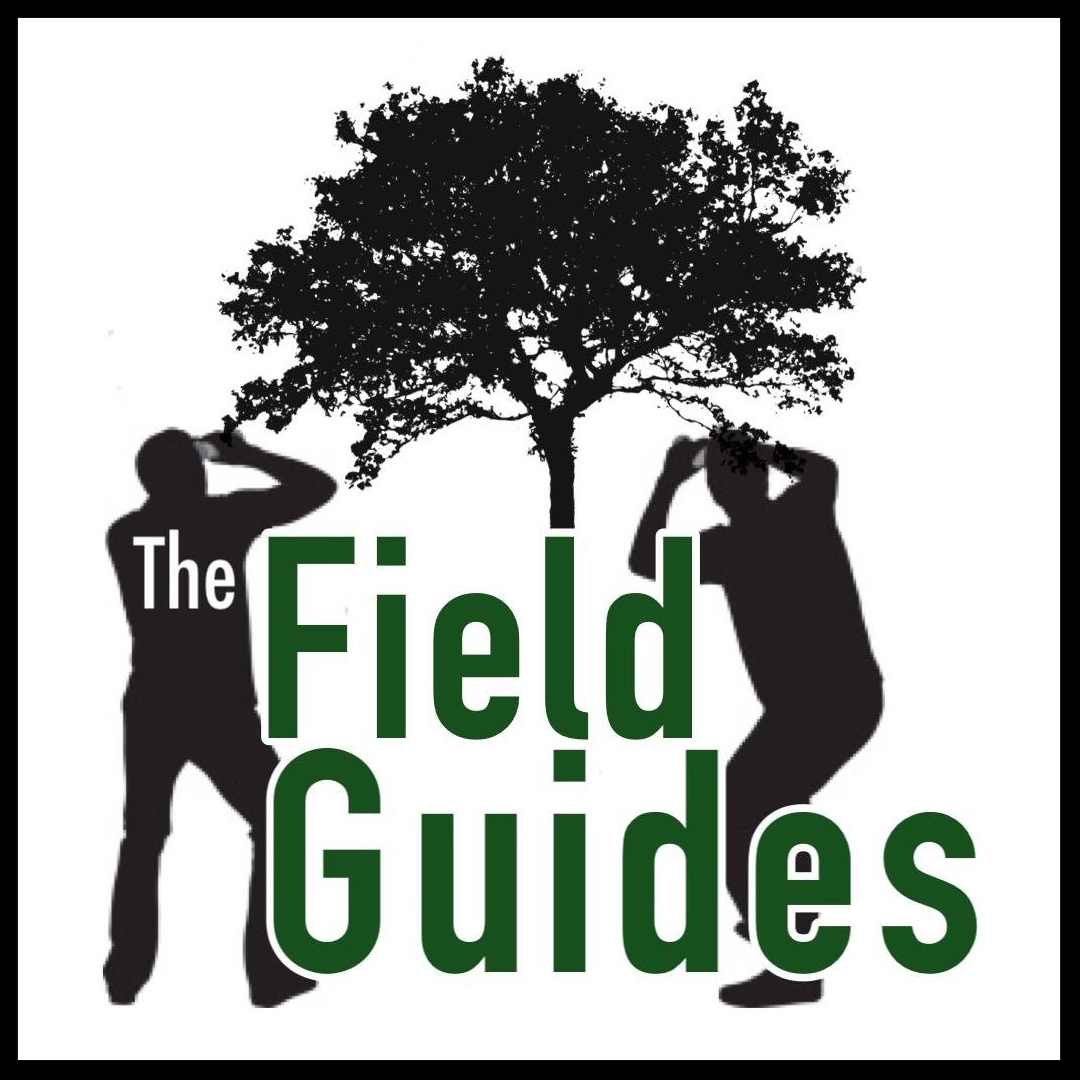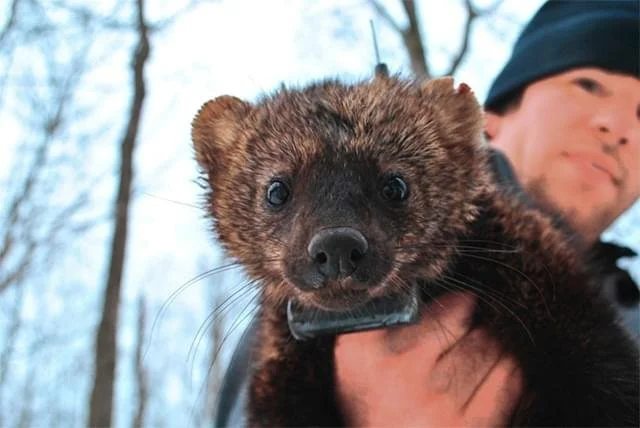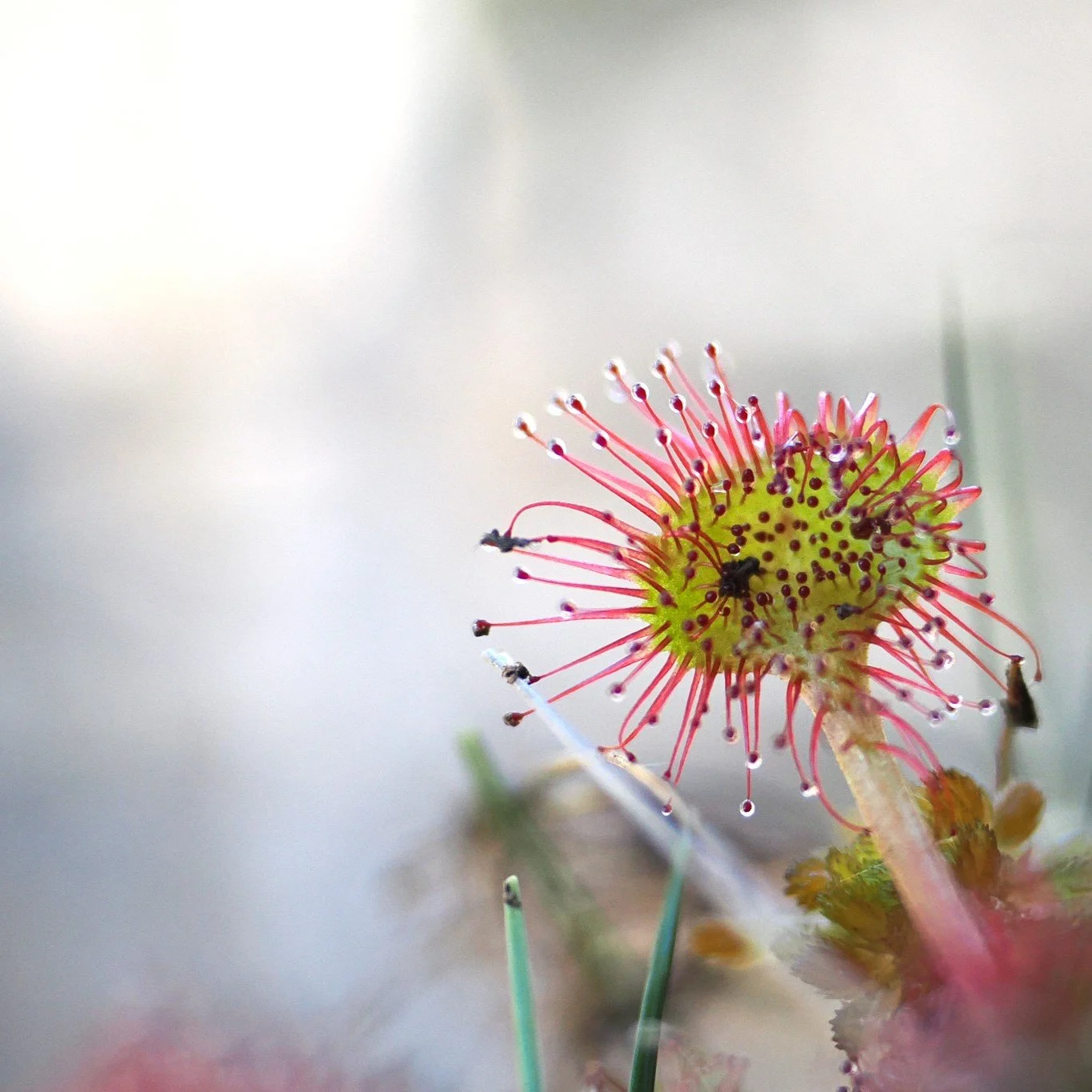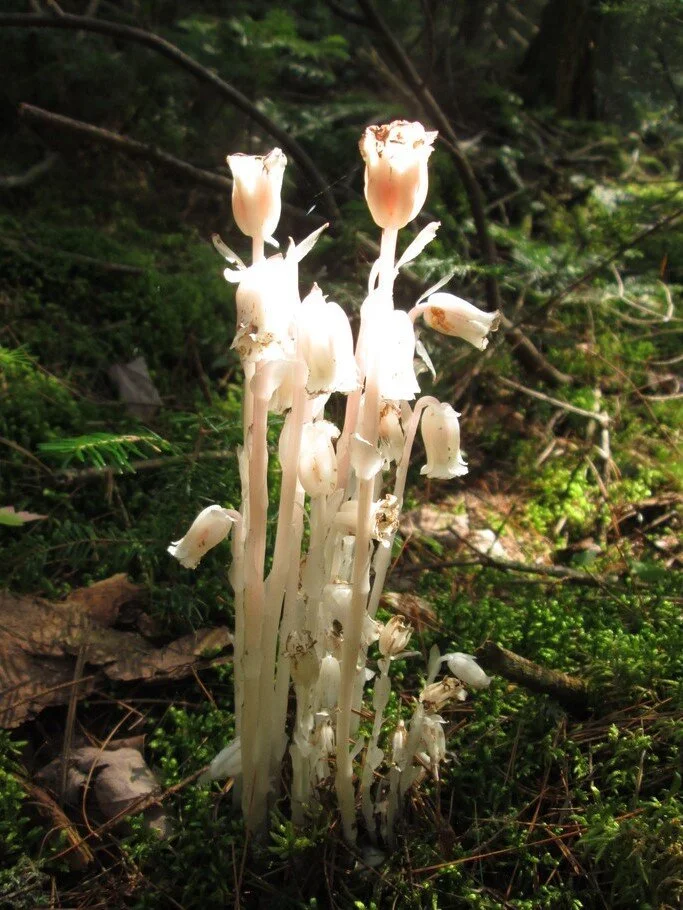Part 2 of our time in the woods with naturalist Sandy Geffner. This time, Sandy leads Steve and Bill on a “hike”—though with Sandy, the word takes on a different meaning. You might not cover much distance, but you’ll travel miles in understanding: exploring ecology and hearing stories of the forest and the wildlife within it. Enjoy!
Ep. 75 - A Naturalist's Life (Part 1) - A Conversation with Sandy Geffner
What exactly is a “naturalist”? Spend a little time with Sandy Geffner, and you’ll find out. Steve and Bill rarely go more than an episode or two without mentioning him—a naturalist who profoundly shaped both their lives. This month, they head into the woods to talk with Sandy about how a baseball-loving kid from Long Island became someone who’s inspired countless people to deepen their connection with the natural world.
Ep. 74 - Like A Sturgeon
It’s hard to believe, but we’re doing another episode on fish! This time around, Steve introduces us to the Sturgeon (family Acipenseridae), from their dinosaur-era origins to their caviar-fueled scandals (did you know Beluga caviar comes from Sturgeon? Bill didn’t either). So strap in as the guys touch on Sturgeon, for the very first time.
This episode was recorded on June 29, 2025 at Eighteenmile Creek County Park in Hamburg, NY.
Bonus - The Spark Bird Podcast x The Field Guides Podcast
In this special bonus episode we're crossing over with The Spark Bird Podcast! (@sparkbirdproject)
Bill joins one of the hosts of the Spark Bird Project podcast, Jenn Lodi-Smith, to go birding in Buffalo’s historic Forest Lawn Cemetery, sharing spark bird stories, conservation efforts for migration, and the joy of birding in community.
You’ll also hear reflections from folks at the Feminist Bird Club of Buffalo (@fbc.buf) May the Spark Be with You outing, all recorded on-site at Forest Lawn Cemetery. This episode is a celebration of connection, accessibility, conservation, and the shared love of birds that brings us all together.
This episode was recorded on May 4, 2025 at Forest Lawn Cemetery in Buffalo, NY.
Ep. 72 - Grass Carp: A Reel Problem
Ep. 70 - Saving the Blue Iguana
This month, we head to the tropics and meet the Blue Iguana of the Cayman Islands! This endangered lizard is found nowhere else on the globe save for the island of Grand Cayman in the Caribbean, and just two decades ago, it’s likely there were fewer than 25 animals remaining in the wild. This was a species that was functionally extinct, but thanks to the herculean efforts of a dedicated group of people, the Blue Iguana (Cyclura lewisi) has been brought back from the brink, with over 1000 iguanas now roaming the dry, rocky forests of Grand Cayman. In July of 2024 Bill traveled there to interview Fred Burton, the man many people credit as the main driver behind the effort to save this endemic species.
Ep. 69 - Rewilding Floreana (with Fundación Jocotoco)
How hard is it to reintroduce species to a tropical island? Turns out, pretty hard! But it’s so worth it. The rewilding of the Galapagos island of Floreana will make it the largest tropical island ever to be rewilded. Researchers have spent over a decade meticulously planning for the reintroduction of the iconic Floreana Giant Tortoise (Chelonoidis niger niger). Once thought to be extinct, this species, along with eleven other locally extinct endemic animal species, are part of a reintroduction project that has involved the massive task of eradication of introduced predators, as well as the purposeful inclusion of the local population throughout the planning process. This month, Bill and Steve are completely out of their depth, discussing the project with three staff members from Fundación Jocotoco, one of the organizations leading the charge to Rewild Floreana.
This episode’s special guests are Paola Sangolquí, Jocotoco’s Galapagos Program Marine Coordinator, Julieta Muñoz, Conservation Strategy Manager, and Jajean Rose-Burney, the Director of Jocotoco US.
Ep. 67 - Fishers in the Field: A Hike with Fisher Researcher Dr. Scott LaPoint
If we want to help wildlife, we need to know when and where they’re moving on the landscape. Dr. Scott LaPoint has spent his career researching just that. When our recent episode on fisher cats left us with a lot of questions, we figured who better to help us out than Dr. LaPoint. He was kind enough to join Daniel and Bill for a hike, sharing his expertise and his amazing ability to communicate science with enthusiasm, humor, and clarity. Join the guys for a wide-ranging discussion on fishers, connectivity, and wildlife-human interaction.
Ep. 66 - Pinesap (The Plant, Not the Sap)
Pinesap (Monotropa hypopitys) is a goofy little plant that parasitizes fungi and can often be found beneath pine trees. It is not the sap of pine trees like Daniel thought. In this episode, Bill leads the discussion about the complex relationships between pinesap, its fungal host, and the tree species the fungi has a symbiosis with. Join the guys as they get caught in a sudden rainstorm and learn about this amazing plant.
Ep. 63 - Field Trip!: On the Trail of the Florida Panther
Ep. 61 - Bill and Steve’s Floating Fen Foray (featuring the WNY Land Conservancy)
This month, Bill and Steve visit Floating Fen, although some might call it a bog, or is it a swamp? Thankfully, they’re joined by Erik Danielson, Stewardship Coordinator of the Western NY Land Conservancy (WNYLC), who schools them on the difference between these wetlands. Erik and the WNYLC are trying to preserve Floating Fen, a property home to a unique wetland, extraordinary wildlife, and a diverse forest. Erik guides Bill and Steve through the fen, discussing just what makes a bog a bog and a fen a fen, as well as what makes these peatlands such amazing habitats.
Ep. 60 - The True(?) Story of the Bald Eagle
The Bald Eagle (Haliaeetus leucocephalus) is a rare example of a species humans managed to pull back from the brink of extinction by getting off our collective asses and doing some stuff. The typical story told involves the chemical DDT and its negative impacts on the eagle’s ability to reproduce and how the banning of DDT helped restore Bald Eagle populations across the continent. But a few out there question this narrative, claiming that DDT wasn’t a big problem for eagles and that banning it caused billions of unnecessary deaths because it prevented DDT’s continued use in the fight against malaria. These claims are mostly nonsense, drudged up by folks who hate regulations, but looking into them makes for an interesting ride. Join the guys as they find out…DUN DUN DUN…what THEY don’t want you to know about Bald Eagles.
Ep. 59 - Beavers! (No Damn Puns, Please)
They’re hard-working, tail-slapping, tree cutting machines, and they’re one of the greatest wildlife recovery stories in North America: Castor canadensis, the North American beaver. And, as if all that weren’t enough, apparently their rear ends produce an oil that’s vanilla-scented. Join the guys as they keep their puns and innuendos in check and dive into beavers!
Ep. 53 - The American Chestnut & the Western NY Land Conservancy @ the Allegany Wildlands (Part 2)
In part 2 of this month’s episode, the guys share how past and present research come together to create a realistic plan for bringing the American chestnut back, and Erik shares more about how the Allegany Wildlands fit into the Conservancy’s ambitious effort to create the Western NY Wildway, a network of connected protected lands stretching from Pennsylvania to the Great Lakes and beyond.
Ep. 53 - The American Chestnut & the Western NY Land Conservancy @ the Allegany Wildlands (Part 1)
This month, Bill and Steve look into the fall and (potential) rise of the American chestnut (Castanea dentata), and they’re joined by Erik Danielson, Stewardship Coordinator of the Western NY Land Conservancy. The Conservancy recently embarked on an effort to acquire the Allegany Wildlands, a unique piece of property that harbors, among its many abundant ecological treasures, remnant American chestnuts. Erik guides Bill and Steve through the property, and, in part 1 of this episode, they discuss the history of the chestnut and the blight that caused its downfall.
Ep. 51 - Flickers Foolin' Around: Sex Roles in a North American Woodpecker
The northern flicker (Colaptes auratus) is a common bird that has some exceptionally uncommon behaviors. Unlike most bird species, male flickers take an equal share of egg incubation and feeding, and, in up to five percent of females, a lady flicker will take up with two mates - an older male and a younger male - raising young in two different nests at the same time. In addition, flickers will sometimes lay their eggs in the nests of other flickers, a behavior called intraspecific brood parasitism, another habit rarely seen in birds. Join the guys as they delve into studies exploring the wild and swinging world of northern flicker reproduction.
Ep. 47 - Field Trip!: Exploring the Roger Tory Peterson Institute (Part 2)
Welcome to part 2 of our field trip to the Roger Tory Peterson Institute. In this segment, Bill and Steve take a hike with Twan Leenders, Senior Director of Science & Conservation at the Institute. Twan has had a career in conservation that deserves to be made into a movie. From researching wildlife in the treetops of Central American rainforests to corralling ornery spiny softshell turtles in post-industrial rivers, Twan’s stories, as well as his personal philosophy on science communication, make for a fascinating listen. Enjoy!
Ep. 47 - Field Trip!: Exploring the Roger Tory Peterson Institute (Part 1)
This month, Bill and Steve visit The Roger Tory Peterson Institute in Jamestown, NY. In part 1, we talk with CEO Arthur Pearson, delving into Roger Tory Peterson’s background, his influence on the modern field guide, how field guides influence conservation, and how the Institute seeks to bridge people’s passions for art, nature, and conservation.
Ep. 46 - The Piping Plovers of Sandy Island Beach
This month’s episode is all about the Piping Plover (Charadrius melodus), a small shorebird that is endangered in New York State. Bill and Steve head off to Pulaski, New York to visit Sandy Island Beach State Park where plovers have been breeding since their return in 2016. The guys are joined by Claire Nellis, the ‘Piping Plover Project Coordinator’ for the New York State Office of Parks, Recreation, and Historical Preservation. They’re also joined by Tom Kerr, local naturalist with Buffalo Audubon, who previously worked with Piping Plovers at Rockaway Beach in Queens, New York. We hope you enjoy the episode!
Ep. 45 - In Search of A Nice Set of Pipes
Rising from the forest floor in a ghostly array of pale, slender stalks, Ghost Pipe (Monotropa uniflora), AKA Indian Pipe, is a forest floor denizen both beautiful and extraordinary. Many people mistake it for a fungus because It lacks chlorophyll. For many years, botanists argued over how it gathered nutrients. It's range stretches almost continent-wide, but its not always easy to find. In this episode, the guys hit the trail and delve into the backstory of this elusive and mysterious beauty.





















